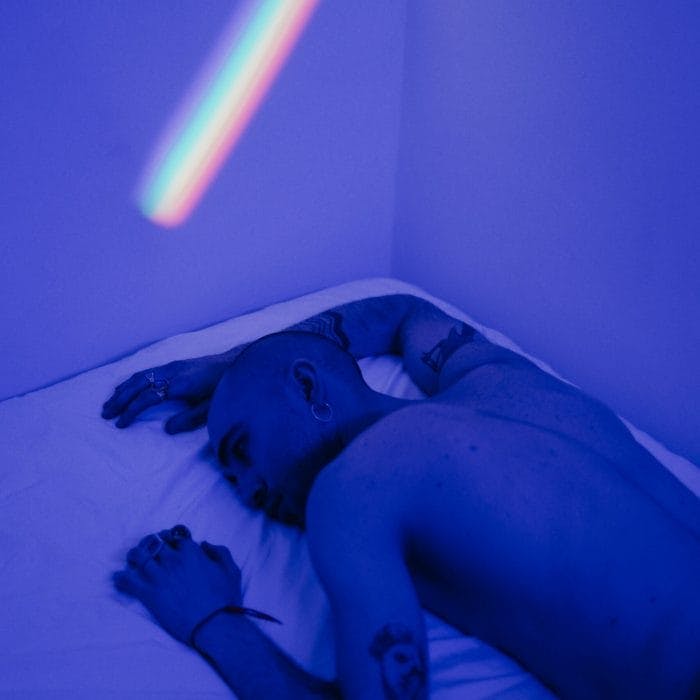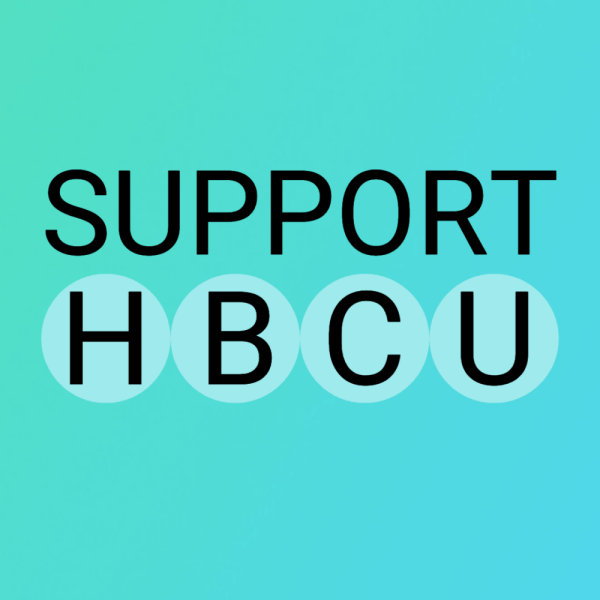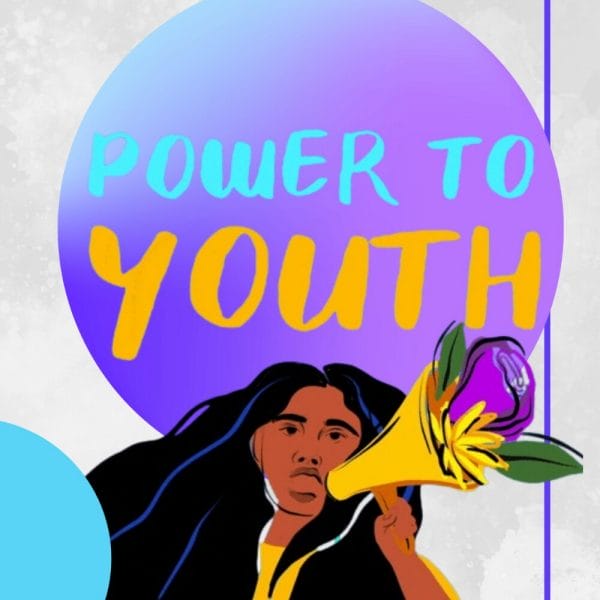Last week I presented at a conference put on by the mobile therapy company Talkspace called The Mental Health of Young Americans. My panel was called “Early Onset Adulthood.” It was a pleasure to share the stage with a panel of mental health professionals and a pediatrician who are thinking about how to make mental health treatment more accessible and meaningful to youth. We discussed ways in which today’s teens are bombarded with information promoting substance use (my area) and eating disorders through the proliferation of advertisements and images of thinness and perfectionism on social media. On the bright side, we also talked about how today’s social world has brought young people together through movements such as the body positive movement, and by supporting each other in times of need. Technology, while it is pushing us away from each other in many ways, also has the power to bring communities together who have experienced trauma, bring life and energy to a change movement, and to get therapy into the hands of more people who need it.
A conference highlight was Michael Phelps, world champion swimmer and most decorated Olympian of all time, with a total of 28 medals, and in his “retirement,” outspoken therapy advocate. He shared his personal experience with depression and anxiety, the lack of emotional support from the system set up to foster his swimming career, and the gratitude he has for help from his therapist, his wife, and his sons. Today’s teens need to see role models like Mr. Phelps sharing openly and honestly about how therapy can be helpful to reduce the stigma associated with mental health problems. It takes courage to go out of one’s comfort zone in a very public way. Michael has shifted from a public life centered on achievement to one centered on being “ok to not be ok.” That is a big shift and one in which I will highlight to my own kids as one of Michael’s most admirable achievements.
The show was stolen, in my opinion, by Lizzie Eaton, a student at Marjory Stoneman Douglas High School in Parkland Florida. Her willingness to share about the life-altering day of the mass shooting in her school was one of the most brave things I have seen in a long time. She spoke of the trauma of having experienced the shooting, the publicity of the aftermath, and the collective consciousness among the community that they would not let the tragedy consume their lives as they moved on. Both Lizzie and Michael Phelps were in the public eye at times of extreme emotional intensity. Even positive events, like winning a gold medal, can be overwhelming, impossible to put into words, and even traumatic; yet in today’s world where we are so hungry for information the second it happens, there is no consideration for the lives that are impacted by TV cameras and news stories.
At Hopelab we are using technology to support the emotional well-being of teens and young adults. People often ask me, “Isn’t technology part of the problem? How can you add more technology to a world that already has too much?” While I acknowledge that technology is perpetuating loneliness and isolation among some of those who use it, it can also be a channel to bring people together and deliver treatments that people, especially younger people, would not otherwise use. For example, we are using social media to deliver positive psychology skills to young cancer survivors through a chatbot called Vivibot. Through Vivibot, we are reaching young cancer survivors all over the country. We have also partnered with Grit Digital Health, a company who provides the You at College Portal on college campuses, to tackle the epidemic of loneliness among the college student population today. Young people are communicating more actively on digital platforms than they are in real life – why shouldn’t we be harnessing those platforms to promote a more positive real-life experience through interventions that have a strong evidence base? Michael Phelps and Lizzie have each taken the public eye that they themselves might argue is part of the problem, and made it a platform to promote positive change. At Hopelab we similarly aim to harness the technological world for good. As a researcher, clinical psychologist, and mom to three young children, I get up every day feeling like the work we do is truly part of the solution.





